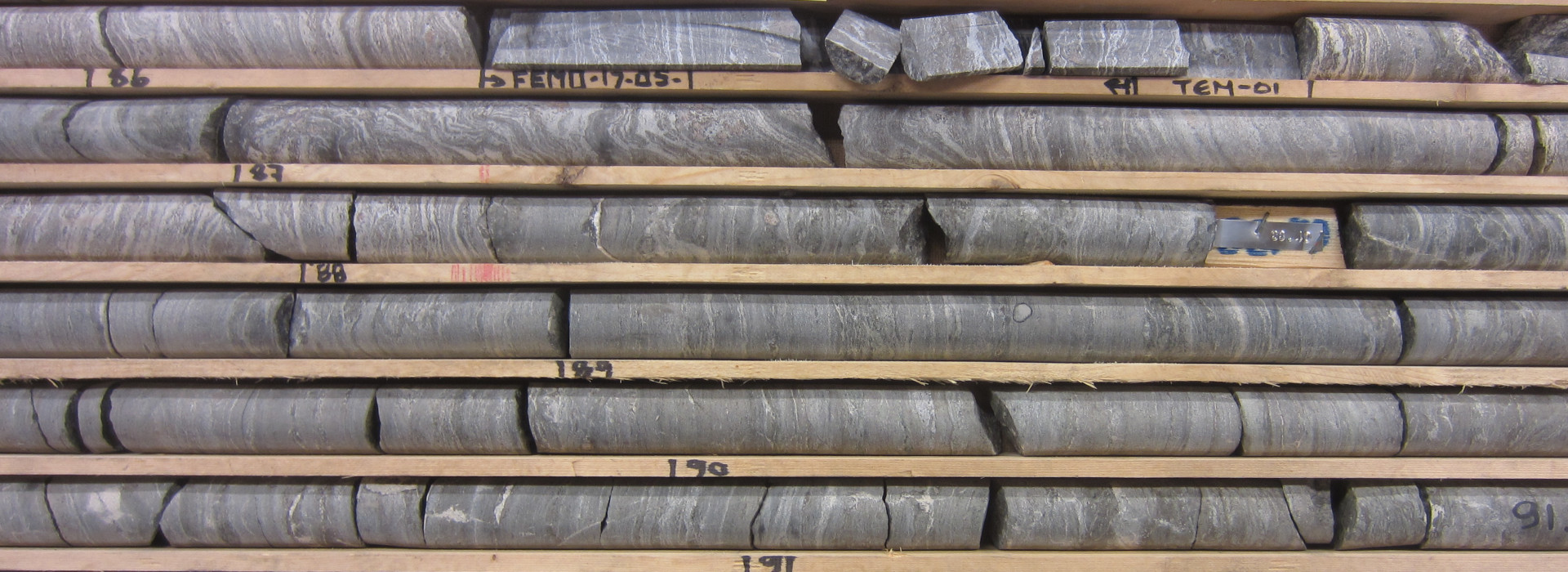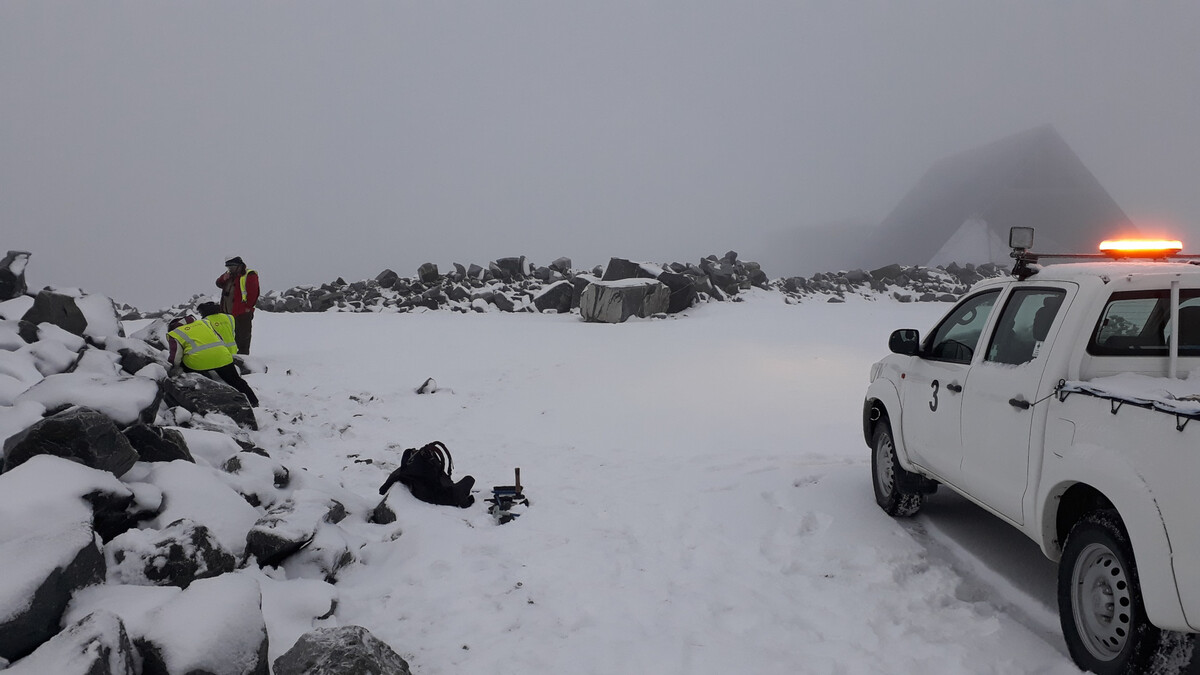The formation of atypical orogenic AU deposits: Insight from Finland Greenstone Belts
- Betreuung:
- Bearbeitung:Andressa de Araujo Silva
Orogenic gold deposits are an important source of gold and occur worldwide. They are hydrothermal deposits associated with the formation of mountain ranges and are very common in the Finnish Archean and Precambrian orogenic belts. Finland contains orogenic gold-only deposits and atypical deposits enriched not only in gold but also in other metals, such as Co, Cu, Ni, Ag and U. The occurrence of other metals beside gold in such an environment is not well understood, and new studies will help to improve the genetic model of orogenic deposits and the exploration vectors in Europe for critical metals such as Co. The exploration of critical metals in Europe is relevant for production of alternative energy and the low-carbon economy. Cobalt, for example, is needed for electric vehicle batteries and copper for the solar photovoltaics.
Four deposits hosted in the same host rocks and structures were chosen from the Precambrian Pohjanmaan Belt in order to study their genesis. These are the typical orogenic gold Laivakangas and Huhta, and atypical Kurula and Jouhineva deposits formed during the Svecofennian orogeny (1.92-1.79 Ga). The main objective of this project is to understand why some deposits are polymetallic and others are gold-only. We intend to determine the age of the four deposits and compare with other regional events, such as magmatism and metamorphism, to understand the main precipitation mechanisms, the fluid and metal sources, and the interaction between rock and fluid during the fluid percolation from the source to the host rocks. For this investigation, petrography, in-situ mineral analysis, dating and further geochemical analysis will be held.
This study is supported by the Rosa Luxemburg Stiftung. The foundation awarded a scholarship for Andressa de Araujo Silva as Ph.D student and the project is realized in partnership with the Geologian Tutkimuskeskus (Geological Survey of Finland).

